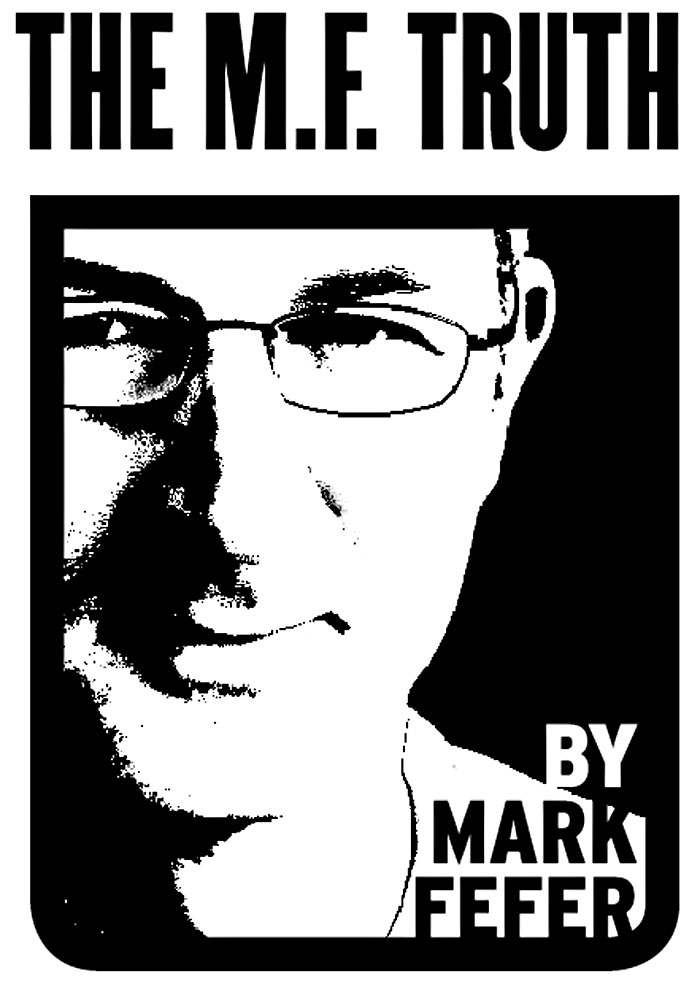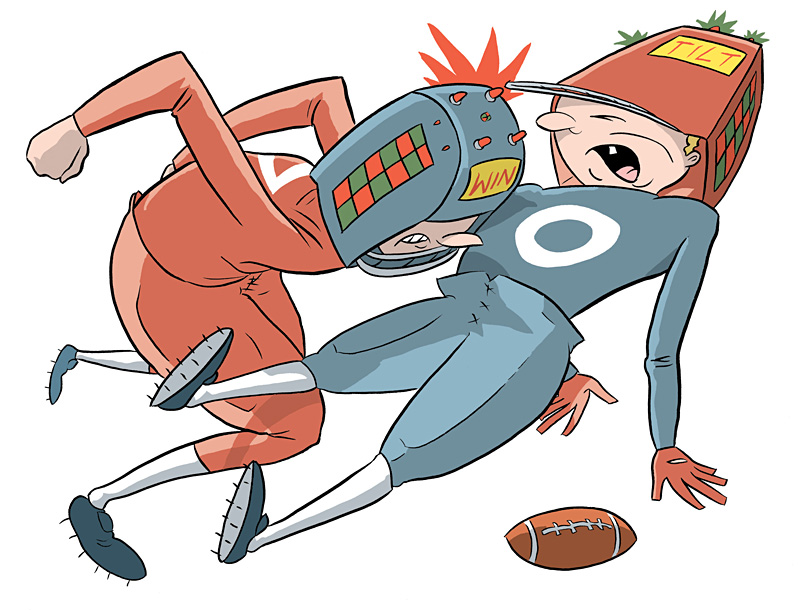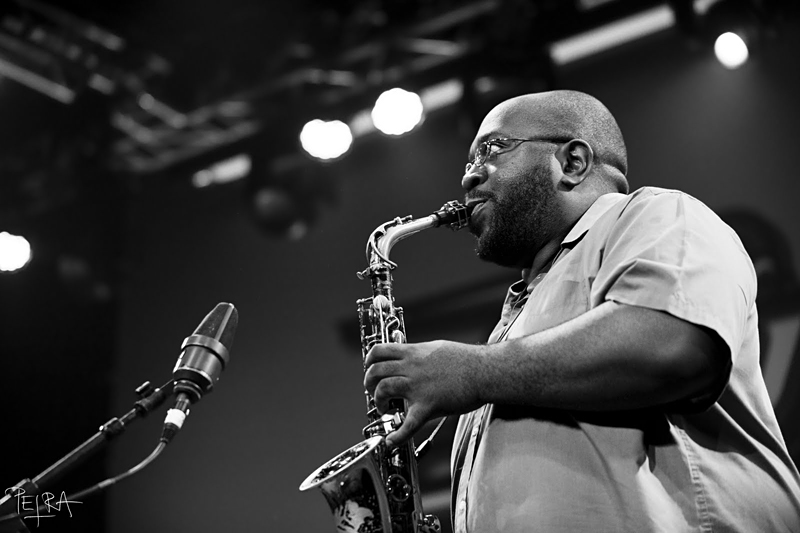I’ve never understood “undecided” voters. Who are these people? How can they be so unsure of their own worldview? How can they stand there scratching their heads over such obvious choices? And yet, six days before the election, I find myself experiencing a strange kinship with these adrift, noncommittal souls. I can’t make up my mind about Proposition 1, the $18 billion Sound Transit expansion (known as ST2).
I could hardly be more the target demo for the measure. I own no car, love public transportation, and have an enthusiasm for being taxed that’s downright Luxembourgian.
And yet I can’t help being very, very suspicious of Sound Transit. The agency has been on good behavior in the past few years, as it prepared to seek a second round of funding. But I clearly recall what they were like in the years immediately after 1996, when voters first launched the agency with a big, fat, unending stream of sales-tax money. They were, in short, a parody of a government bureaucracy run amok—deceptive, incompetent, and unaccountable. Ultimately the leadership was replaced, but Sound Transit’s record remains quite dismal with respect to the original promises made and what’s been delivered.
With the agency seeking an even bigger hike in the sales tax this time, we’re being given a lot of soothing words about “oversight” and “audits.” An independent Expert Review Panel has signed off on ST2, we’re told, and will be conducting regular assessments. No doubt these guys are about as trustworthy as the previous Expert Review Panel, who examined Sound Transit’s 1996 plan and gave a thumbs-up to its “extremely conservative cost and ridership assumptions.” Since light rail still isn’t running, ridership remains unknown, of course; but cost-wise these “experts” were off by a factor of about 200 percent.
Clearly, the goal in these campaigns is to provide whatever assurances are necessary to secure access to the money, and then worry about the rest later. In the case of Prop. 1, the $18 billion figure is just a guess. We’re approving a new tax stream, not a specific price tag. And however honest and well-meaning Sound Transit’s staff, a blank check corrupts absolutely.
Then there’s the plan itself. Campaign materials for ST2 highlight desperately needed bus service that would be added next year. But buses only get 3 percent of the funds under ST2. The lion’s share goes to light rail, which Sound Transit proposes to expand across I-90 to Overlake, north to Lynnwood, and south to Star Lake over the next 15 years.
The basic idea makes total sense: high-capacity trains traveling along some of the region’s most congested routes, and transit riders removed from car-choked roads and placed onto their own dedicated expressway, where service will be (mostly) faster and more reliable.
But once you start looking at some of the numbers, the whole thing can seem hard to justify. If the intent is to lure more people out of their cars, for instance, this doesn’t look like a terribly effective means of doing it. An analysis of Sound Transit’s own ridership forecast by the anti-ST2 Washington Policy Center indicates that in 2030, several years after the system is supposed to be built out and running, there will only be about 28,000 individual commuters riding transit each day who wouldn’t have been doing so otherwise. In other words, you spend $18 billion, plus millions more to keep the thing operating, and you remove less than two KeyArenas’ worth of additional people from the road.
Sound Transit, naturally, prefers a different figure. In the campaign brochure mailed to voters, the agency provided a table showing estimated light-rail ridership in 2030 if we build ST2 and if we don’t build ST2. What a surprise—ridership more than doubles if we build it! Which is comically beside the point. Of course if we expand light rail and eliminate the buses that travel the same routes, the number of people on light rail will increase. But by that logic we might as well rebuild the old Bubble-ator—the giant plexiglass sphere that used to carry people between floors at the Seattle Center Food Circus (now known as the Center House). I guarantee you that if we rebuild that thing, and get rid of the stairs, Bubble-ator ridership will climb by 100 percent. Or more!
It’s this kind of sophistry that has made me so cynical about the light-rail campaign and its supporters over the years. Obviously light-rail opponents have their agenda too. But they at least seem to have the mindset of accountants, not sales reps. They’ve also been wise enough to point out the environmental impacts of light-rail construction—which are huge, and will take decades to offset—rather than to pretend that a 55-mile light-rail line can simply descend from green heaven and give us all an instantly feel-good future.
If I thought we’d get a better plan by turning this one down, it would be easy to vote no. But I seriously doubt we will. Politicians will always prefer a bright new futuristic machine to the miseries of congestion pricing, dedicated lanes, traffic-signal changes, and other inconvenient techniques. A shiny bauble is what we’ve been offered, and it seems a whole lot better than nothing. Does anyone doubt we need some kind of major mass-transit expansion? Then again, this one’s being funded by a regressive tax that exploits the poor. Oh, you undecided voters, you flakes in flyover country, you’ve made me one of your own.








